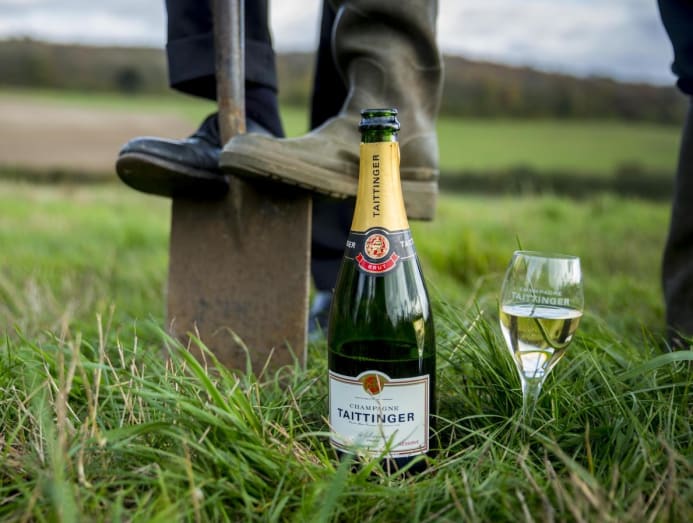5 winery joint ventures that you should know
Cross-border partnerships between wineries allow both parties to learn from each other’s winemaking expertise and make a unique wine that represents the best of both worlds.
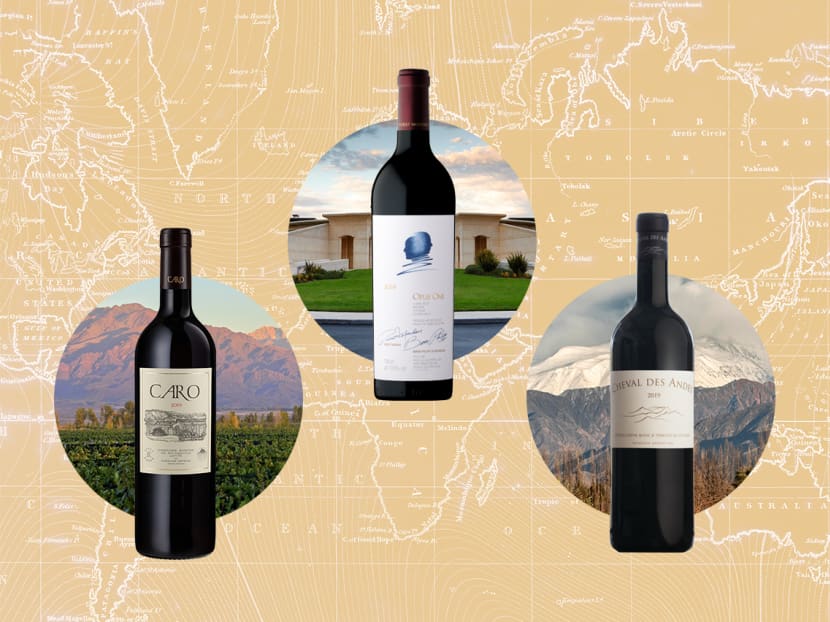
(Art: Chern Ling)
Back in July, Australian wine producer Penfolds pushed the envelope — and undoubtedly irked some purists — when it launched the Penfolds II, a wine that blended grapes from South Australia and Bordeaux. The New World-meets-Old World effort was a collaborative project between Penfolds and Dourthe, a Bordeaux-based wine producer.
While Penfolds and Dourthe made headlines by making an iconoclastic wine from their partnership, joint ventures between wineries from different continents are nothing new in the wine industry.
Since the 1970s, many high-profile wine producers have reached out to their peers halfway across the world for winemaking partnerships. Unlike the case with Penfolds and Dourthe, they did not combine fruit from their own territories in their collaborative wine but chose instead to produce the wine solely in a winemaking locale of their partner, often the New World party in the collaboration. The goal was to make a special wine that expresses the convergence of their winemaking ideas — without breaking any local winemaking laws.
Joint ventures in the wine world aren’t really any different from those in the corporate world. Linda Chan, assistant general manager of fine wine distributor Grand Vin, said wineries come together for a joint venture “because they have a great amount of respect for their partners”. She continued: “They believe they can share their expertise and in-depth knowledge of viticulture with each other and grow to the next level."
For the consumer, such collaborations offer a style of wine that could be unexpected or a departure from the usual style that comes from a particular region, said Chan. “It encourages drinkers to taste beyond their usual comfort zone and explore deeper into the world of wines,” she added.
CNA Luxury picks five vinous partnerships that wine lovers should check out.
OPUS ONE (MOUTON ROTHSCHILD X ROBERT MONDAVI)
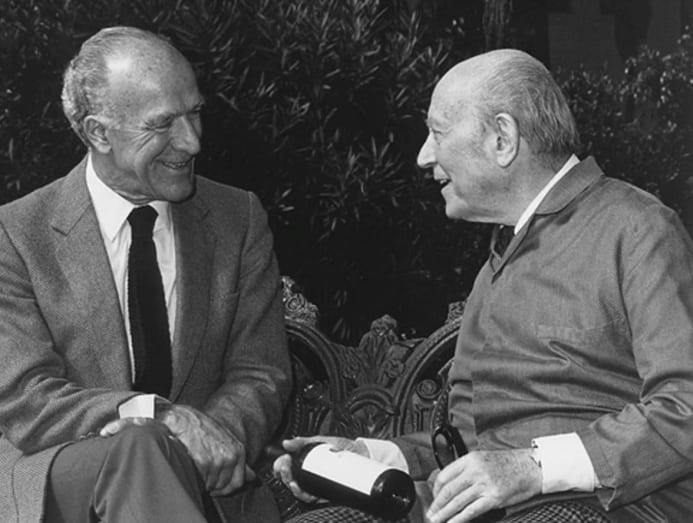
In 1970, Baron Philippe de Rothschild, owner of the First Growth estate Chateau Mouton Rothschild on Bordeaux’s Left Bank, met Robert Mondavi, a Californian winemaking pioneer, for the first time at a hotel in Hawaii. The former suggested the idea of a joint venture between the two wineries; a merging of Old World and New World wine styles. The partnership was announced in 1978, with the aim of making a top-quality Bordeaux-style (Cabernet Sauvignon-dominant blend) wine in California. Mondavi decided to use grapes from his reputable To Kalon vineyard in Napa Valley to make the wine, which was eventually named Opus One. The Franco-American project was considered bold at the time: A world-renowned Bordeaux brand linking arms with a New World producer, albeit one who was on the cusp of leading a wine revolution in California.
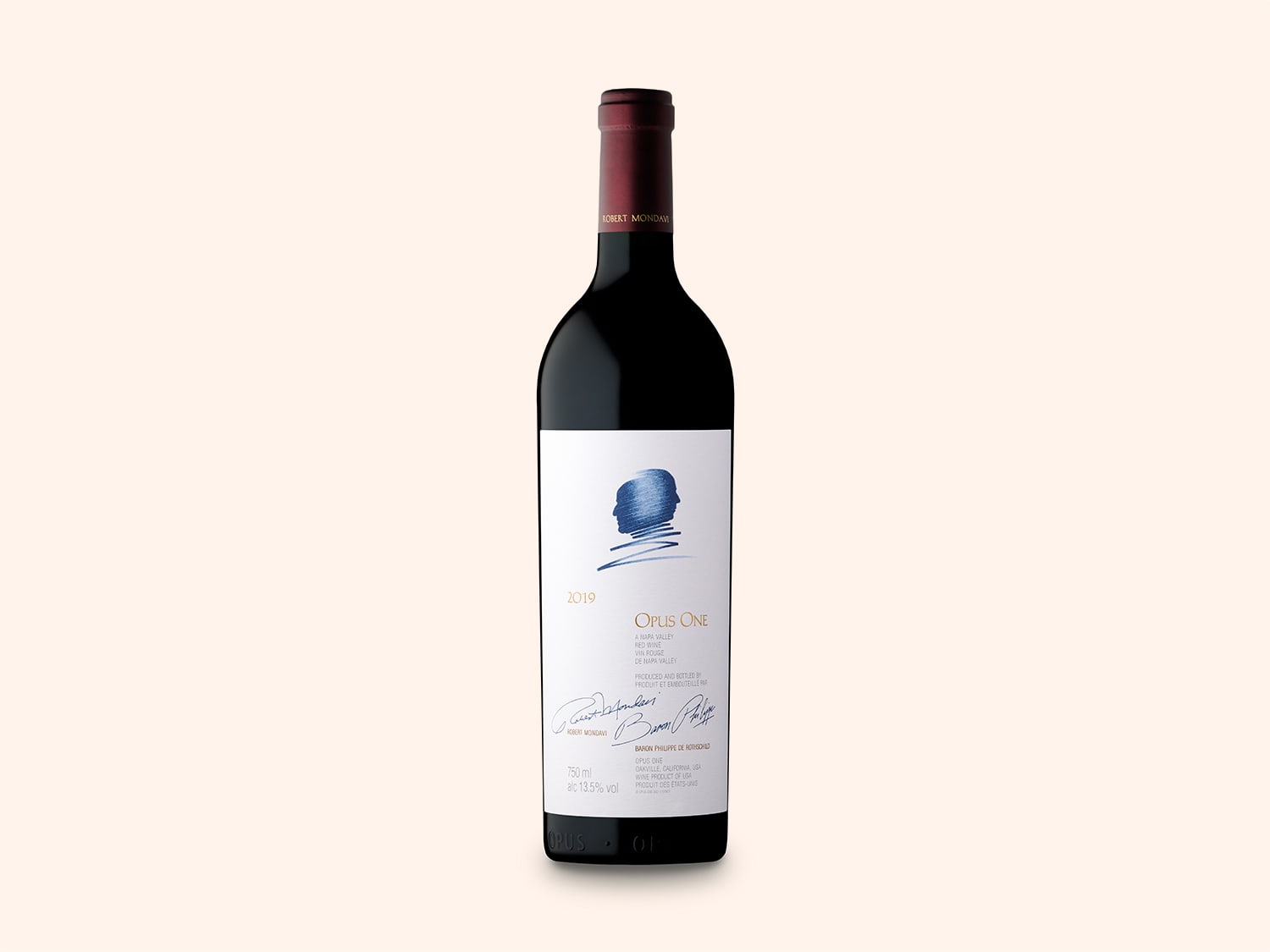
Opus One has since become a cult wine — collectors look forward to each release and many are willing to shell out thousands of dollars for rare, old vintages.
ALMAVIVA (MOUTON ROTHSCHILD X CONCHA Y TORO)
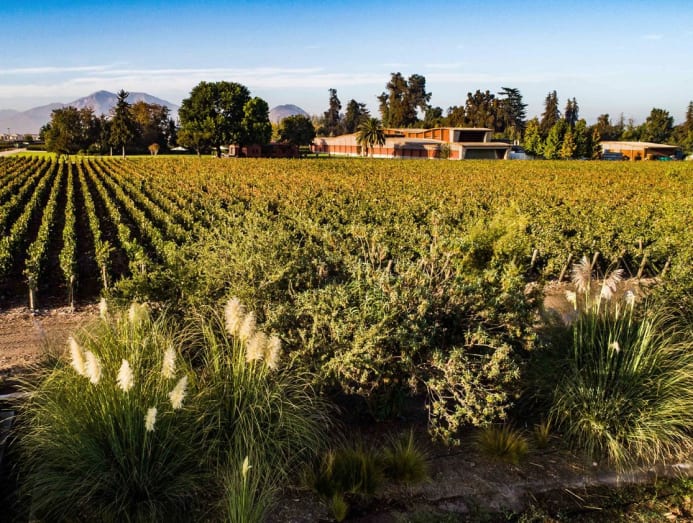
Established in 1997, Almaviva is a joint venture between Mouton Rothschild and Chilean winemaking powerhouse Concha y Toro. Almaviva is a Bordeaux-style blend made in Chile, a marriage between Chilean terroir and French winemaking expertise. The Almaviva estate is located in Puente Alto, the highest part of Chile’s Maipo Valley, a region known for its top cabernet sauvignon.
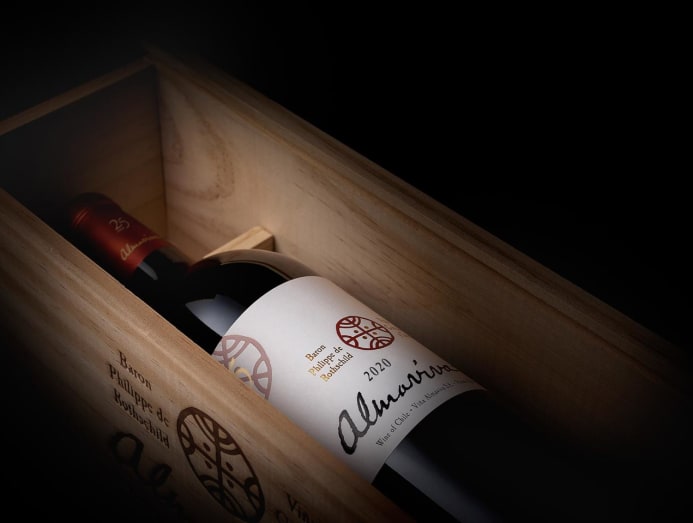
What sets Almaviva apart from other Bordeaux-style blends is the presence of carmenere — a grape that flourishes in Chile — in its blend: It makes up the second largest amount after Cabernet Sauvignon, replacing what would have been Merlot in a Left Bank-inspired Bordeaux-style wine. Carmenere lends a subtle meaty and herbaceous note to the wine.
Almaviva will celebrate its 25th anniversary this year with its 2020 vintage.
BODEGAS CARO (DOMAINES BARONS DE ROTHSCHILD LAFITE X CATENA)
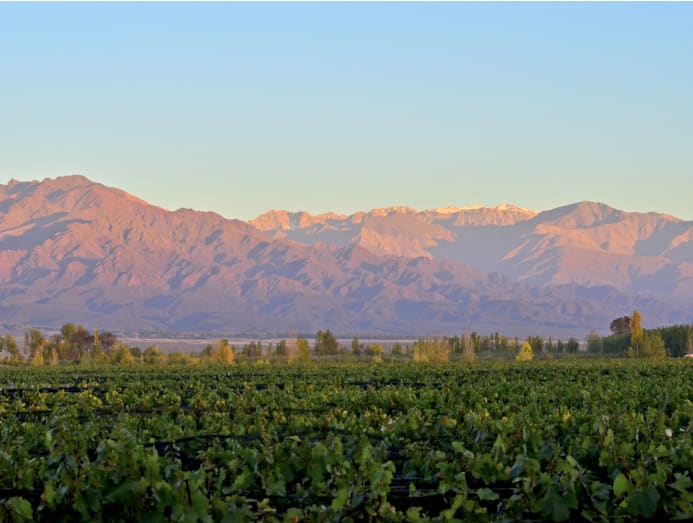
In 1999, the Domaines Barons de Rothschild Lafite (DBR Lafite) group — a part of the Rothschild family empire and the owner of First Growth estate Chateau Lafite Rothschild — teamed up with Argentina’s Catena winemaking family (of the renowned Catena Zapata winery) to create Bodegas Caro, a winery in Argentina’s Mendoza region.
The winery’s eponymous wine is DBR Lafite’s way of revisiting the old Bordeaux tradition of blending cabernet sauvignon with malbec, the latter a red grape that used to be popular in Bordeaux but today has become synonymous with Argentinian wine, especially in Mendoza.
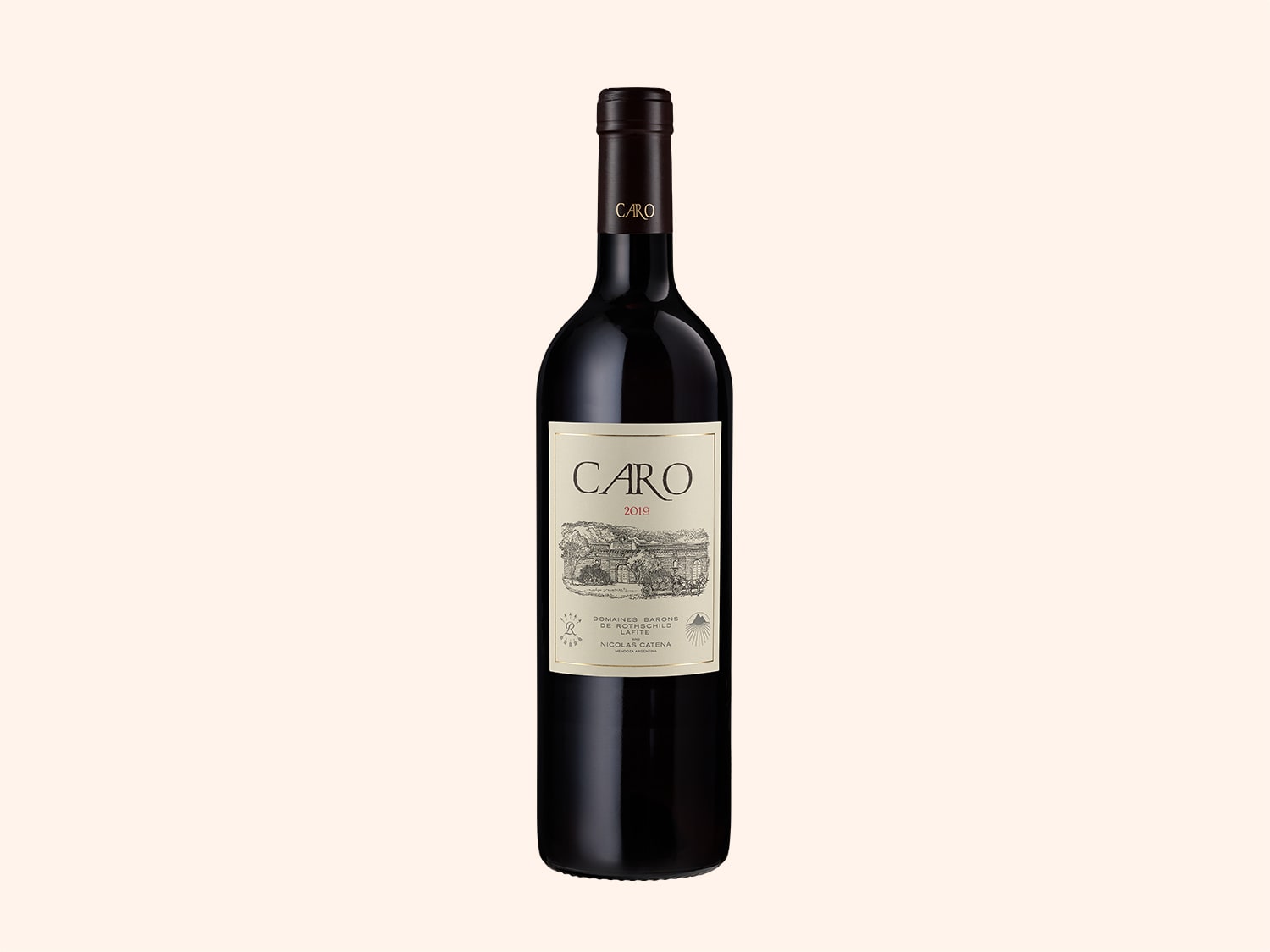
According to Grand Vin, the wine’s importer, Caro is a marked departure in style for Catena. “[Catena’s] Malbecs often undergo extended maceration to produce richer flavours. In contrast, Caro is given a much shorter maceration, resulting in a more elegant style,” said Linda Chan, Grand Vin’s assistant manager.
CHEVAL DES ANDES (CHATEAU CHEVAL BLANC X TERRAZAS DE LOS ANDES)
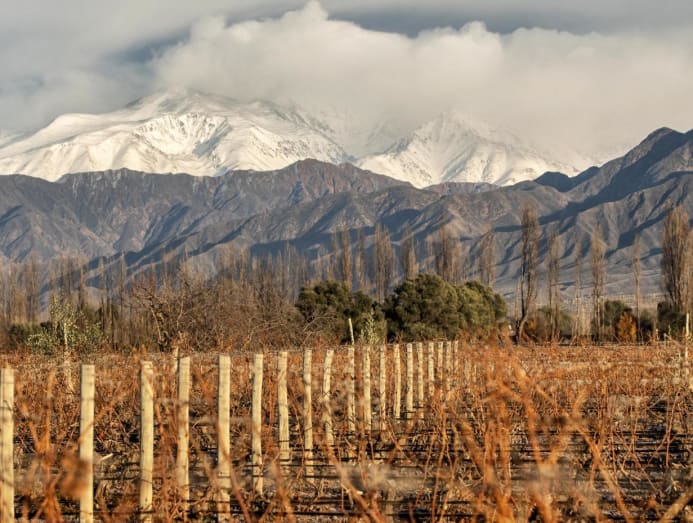
Established in 1999, Cheval des Andes is the brainchild of Bordeaux’s Chateau Cheval Blanc and Argentina’s Mendoza-based Terrazas de los Andes. Like Bodegas Caro above, Cheval des Andes represents Cheval Blanc’s ambition of reintroducing malbec to a Bordeaux-style blend. Cheval des Andes, however, puts the spotlight on malbec in its blend by making it the dominant component.
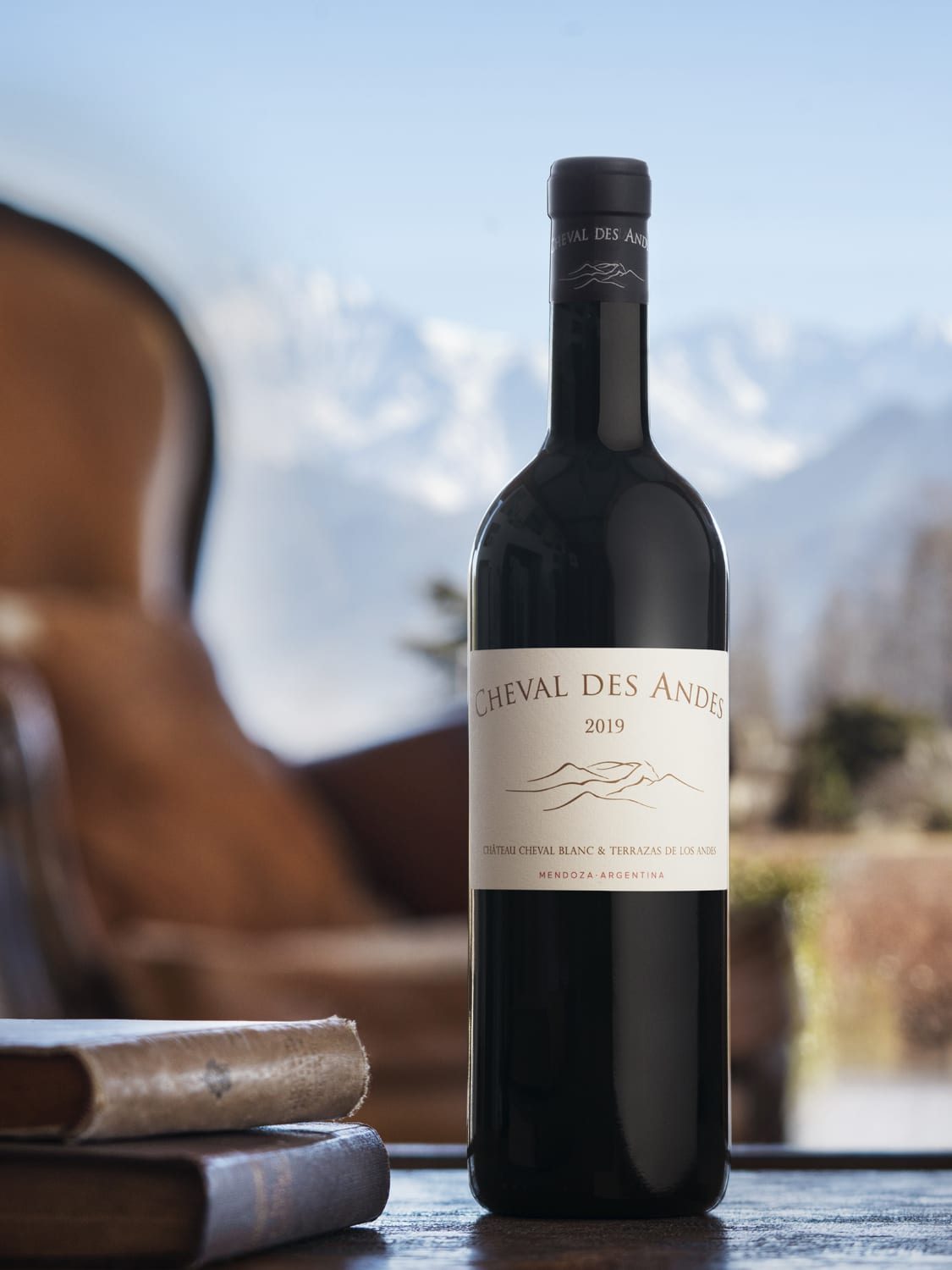
Winemakers Pierre-Olivier Clouet of Chateau Cheval Blanc and Gerald Gabillet of Cheval des Andes — both armed with extensive experience in Bordeaux — oversee the winemaking at the Argentinian winery.
DOMAINE EVREMOND (CHAMPAGNE TAITTINGER X HATCH MANSFIELD)
It says a lot about the potential of English sparkling wine when a top champagne house decides to hop across the Channel to plant vineyards there. In 2015, Champagne Taittinger announced a joint venture with UK-based Hatch Mansfield — not a winery in this case but Taittinger’s long-time agent and wine distributor — to make sparkling wines in Kent, a county in south-eastern England.
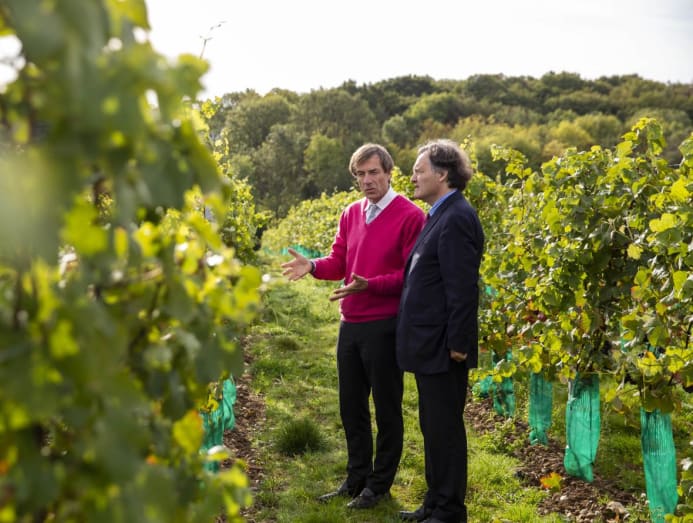
Named Domaine Evremond, the estate will have a total of 40 hectares planted to the classic Champagne varieties of chardonnay, pinot noir and pinot meunier. The first 20 hectares of vines were planted in 2017.
Kent and Champagne share the same kind of chalky soil, one of the factors that encouraged the maison to set their sights on the English county.
Pierre-Emmanuel Taittinger, honorary chairman of Champagne Taittinger, said they aim to make “something of real excellence in the UK’s increasingly temperate climate, and not compare it with champagne or any other sparkling wine”.
